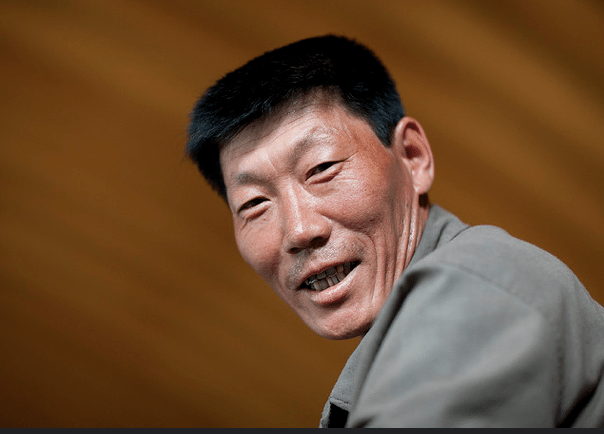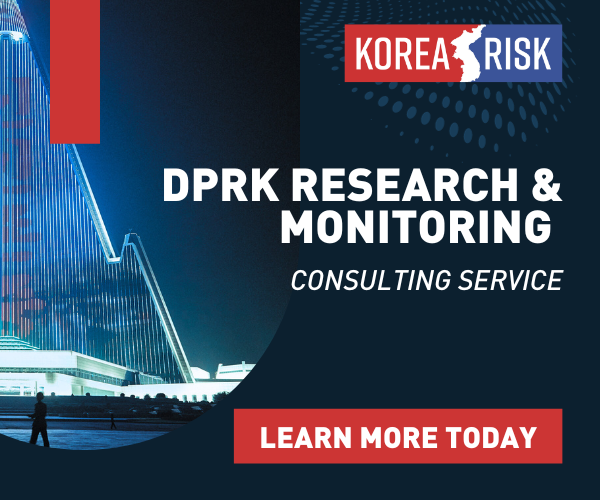It is widely known that roughly half a million ethnic Koreans live in the former Soviet Union. It is less well-known, though, that the Soviet Korean community essentially consists of two distinct groups, the history, culture and worldview of which are remarkably different.
More than 90 percent of former Soviet Koreans are people who once lived in the Maritime Province, the area around Vladivostok. In 1937, these people were forcibly relocated to Central Asia, where most of them have been ever since (though after the end of the USSR a significant number eventually migrated to Russia). The other group are the Koreans of Sakhalin Island. Strictly speaking, the latter group did not migrate to the Soviet Union or Russia; rather they suddenly discovered themselves on day to be under Soviet control in 1945, at the end of World War II. The southern part of the island, hitherto Japanese territory, had become part of the Soviet Union.
It is widely known that roughly half a million ethnic Koreans live in the former Soviet Union. It is less well-known, though, that the Soviet Korean community essentially consists of two distinct groups, the history, culture and worldview of which are remarkably different.
More than 90 percent of former Soviet Koreans are people who once lived in the Maritime Province, the area around Vladivostok. In 1937, these people were forcibly relocated to Central Asia, where most of them have been ever since (though after the end of the USSR a significant number eventually migrated to Russia). The other group are the Koreans of Sakhalin Island. Strictly speaking, the latter group did not migrate to the Soviet Union or Russia; rather they suddenly discovered themselves on day to be under Soviet control in 1945, at the end of World War II. The southern part of the island, hitherto Japanese territory, had become part of the Soviet Union.
Become a member for less
than $5.75 per week.
Unlimited access to all of NK News: reporting, investigations, analysis
The NK News Daily Update, an email newsletter to keep you in the loop
Searchable archive of all content, photo galleries, special columns
Contact NK News reporters with tips or requests for reporting
Get unlimited access to all NK News content, including original reporting, investigations, and analyses by our team of DPRK experts.
Subscribe now
All major cards accepted. No commitments – you can cancel any time.












